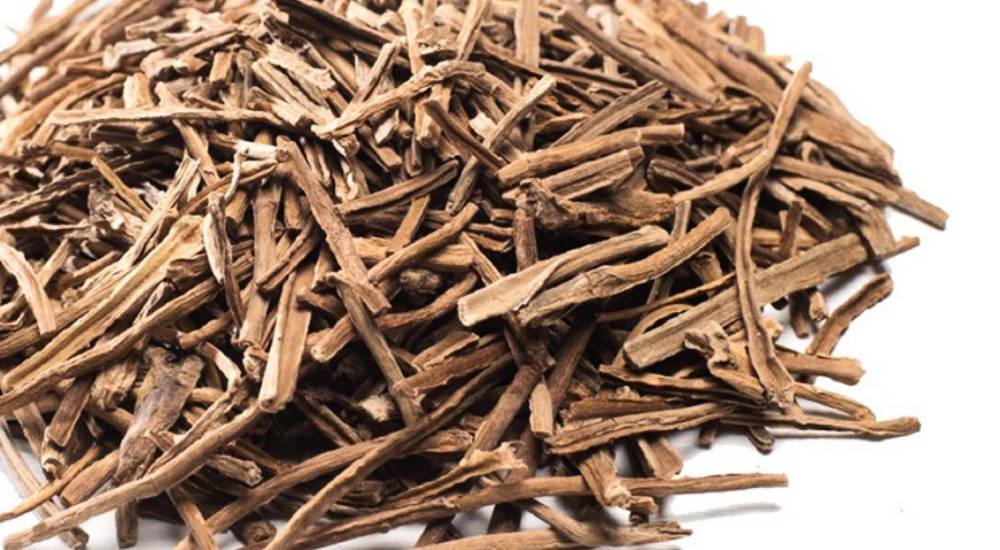
When most people think about tobacco, they picture the golden-brown leaves that make up cigarettes, cigars, or pipe blends. However, there’s another part of the plant that plays an important role in the industry—the tobacco stems. Far from being just waste, stems are increasingly seen as a valuable by-product in cigarette manufacturing and related industries. This article explores what tobacco stems are, how they are processed, and the many innovative ways they are used in modern manufacturing.
Tobacco stems are the central midribs of tobacco leaves that remain after the leaves have been stripped during the primary processing stage. In traditional manufacturing, these stems were often discarded as waste. However, with rising efficiency standards and sustainability goals, manufacturers today treat stems as a resource that can be reprocessed into usable material.
Stems are rich in fiber and contain nicotine, though usually at a lower concentration than the leaf lamina. By processing stems, manufacturers can recover valuable tobacco components while reducing overall waste.
The treatment of tobacco stems requires specialized tobacco machinery designed to handle coarse materials. The main steps include:
The most common use of stems is in making reconstituted tobacco sheet (RTS). This involves grinding stems, dust, and fines into a pulp, which is then rolled and dried into sheets. RTS is used in cigarette blends for cost-efficiency and improved burning properties.
Modern cigarette making machines can incorporate blends that include reconstituted tobacco derived from stems. This allows manufacturers to maximize raw material usage while keeping product quality consistent.
Processed stem-based blends can also move seamlessly into cigarette packing machines, where the final product is wrapped, sealed, and prepared for distribution. By standardizing blends with stems, manufacturers ensure smooth operation across packing and wrapping lines.
Tobacco stems are sometimes processed for nicotine extraction. The recovered nicotine can be used in pharmaceutical products, nicotine replacement therapies (NRTs), or e-liquids for vaping.
In some regions, stems are repurposed outside the cigarette industry. Their fibrous content makes them suitable for certain animal feeds after treatment. They are also used in composting to return organic matter to the soil.
>Have you checked Our Tobacco Stem Flattener
One of the biggest advantages of reusing stems is sustainability. By turning waste into usable raw material, manufacturers reduce environmental impact, lower costs, and increase overall efficiency.
For companies in regions like Dubai, where cigarette brands continue to grow, stem utilization supports both profitability and sustainability goals.
The role of tobacco stems will likely expand further. As technology advances, processing methods become more efficient, and regulations push for more sustainable practices, stems will increasingly be integrated into premium blends. With high-speed machines and precision blending, the cigarette industry is evolving into a zero-waste model where every part of the plant is valuable.
Yes. After processing, stems are reconstituted into sheets that meet industry standards for flavor, burn quality, and safety.
Modern processing ensures minimal differences in taste. Stems are blended carefully to maintain consistent flavor profiles.
The proportion varies by manufacturer, but stems are generally used as part of the reconstituted tobacco sheet rather than the main filler.
Most large-scale cigarette brands utilize reconstituted tobacco, which includes stems, to ensure consistency and cost-effectiveness.
Tobacco stems, once considered waste, now play a vital role in cigarette manufacturing. Through advanced tobacco machinery and efficient recycling processes, stems are transformed into reconstituted sheets, nicotine extracts, and even eco-friendly by-products. For modern manufacturers, leveraging stems is not just about efficiency—it’s about shaping a more sustainable, profitable, and innovative future for the tobacco industry.
We specialize in the provision of Tobacco Machinery. Our expertise encompasses not only the trading of machinery but also extends to being a dedicated supplier. This specialization is enriched by our comprehensive solutions tailored for emerging Cigarette Companies. What sets us apart is our ability to offer firsthand insights through our active Cigarette Manufacturing operation in the UAE.